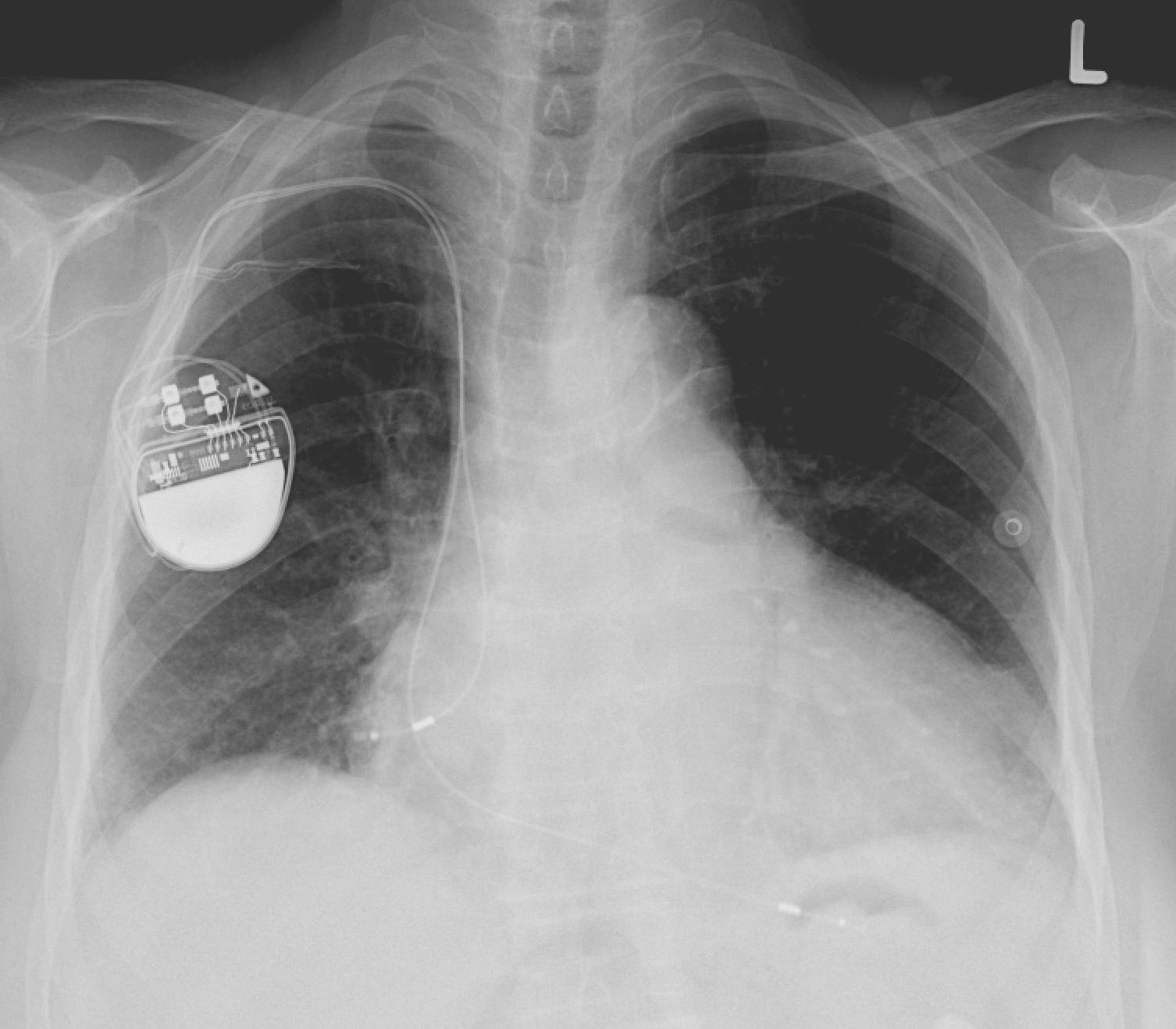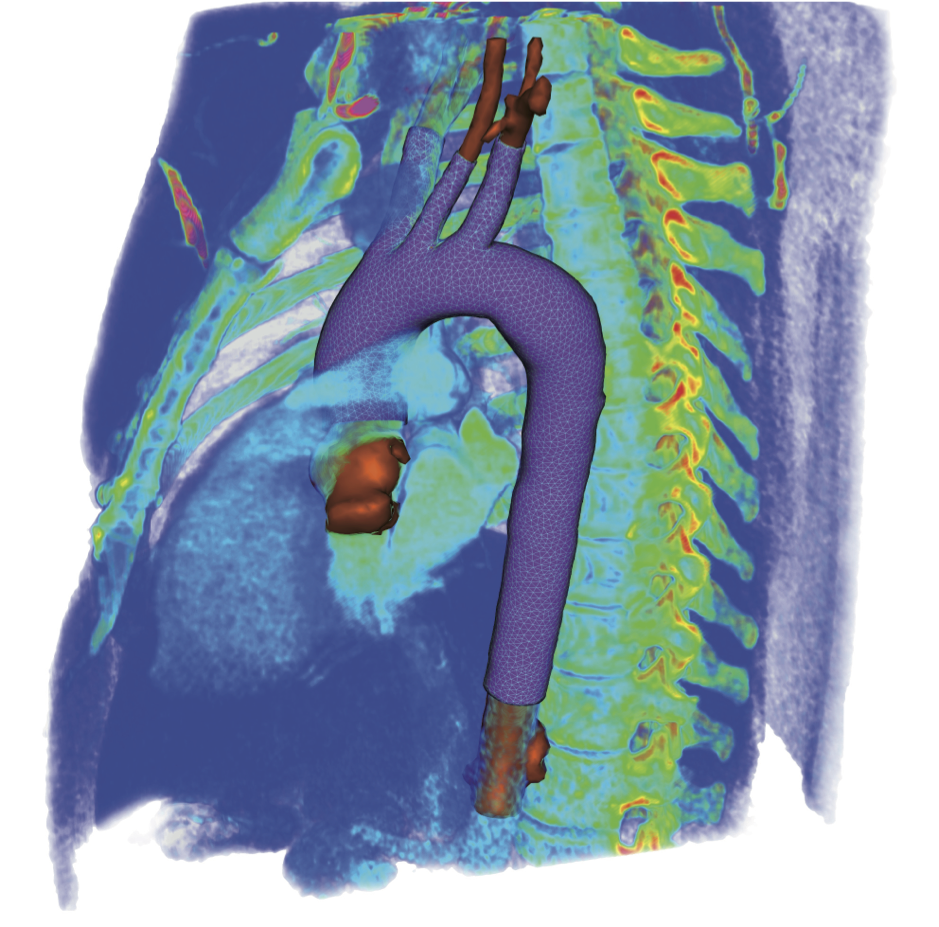Application of cardiac modeling to optimize pacemaker strategies in Cardiac Resynchronisation Therapy

Cardiac resynchronisation therapy (CRT) is an effective treatment for patients with congestive heart failure and a wide QRS complex. However, up to 30% of patients are non-responders to the pacemaker implant in terms of exercise capacity or left ventricular reverse remodelling. A number of controversies still remain surrounding patient selection, Continue ReadingApplication of cardiac modeling to optimize pacemaker strategies in Cardiac Resynchronisation Therapy

